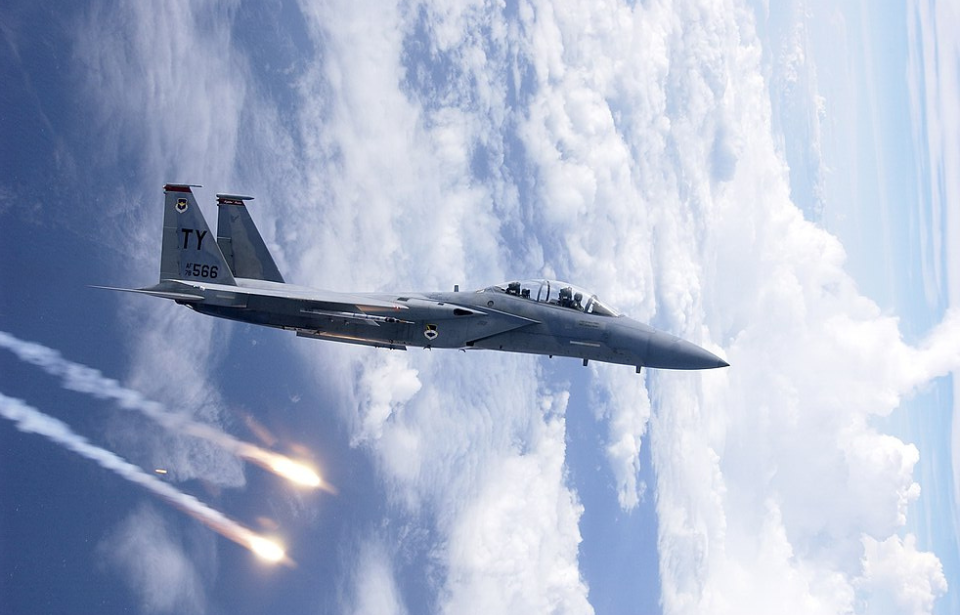During the Gulf War, Coalition and Iraqi forces engaged in intense air battles as part of a large-scale air offensive. From January 17 to February 23, 1991, Coalition aircraft completed over 100,000 missions and dropped an impressive 88,500 tons of bombs, significantly crippling Iraq’s military infrastructure.
In the midst of this operation, an extraordinary event occurred on February 14. Two pilots flying McDonnell Douglas F-15 Eagles accomplished something rarely seen in aerial combat—they destroyed a moving Iraqi helicopter with a bomb while it was still in the air. This remarkable feat remains one of the most impressive accomplishments in modern aerial warfare.
An ordinary mission with extraordinary results
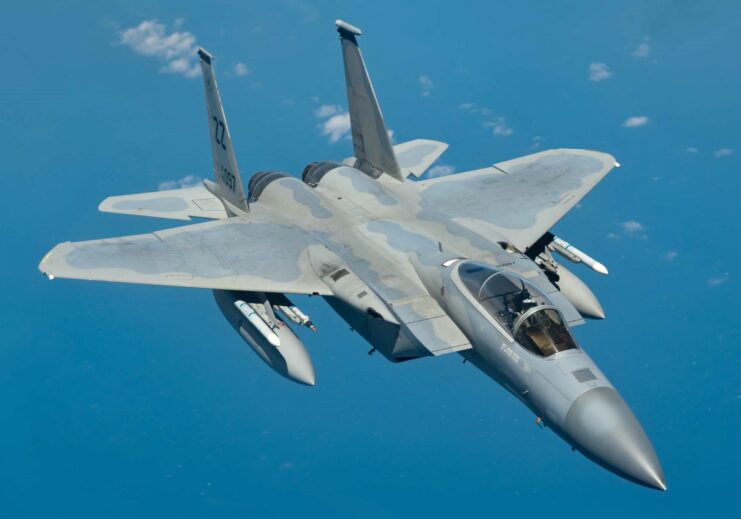
US Air Force Capt. Tim “Rhino” Bennett and his weapons system officer Capt. Dan “Chewy” Bakke were on the lookout for Scud missiles near Al-Qa’im when they were discovered and came under attack from Iraqi helicopters.
In an article for Air Force Magazine, Bennett recalled:
“The mission was a Scud CAP [combat air patrol] in northwestern Iraq. During the Scud CAPs, we would look around with either the FLIR targeting pod or the radar to find the mobile Scuds. My wingman had twelve Mk. 82s, and I had four GBU-10s-2,000-pound LGBs-four AIM-9s, and two external fuel tanks. I was leading the flight.”
Enemy helicopters closing in
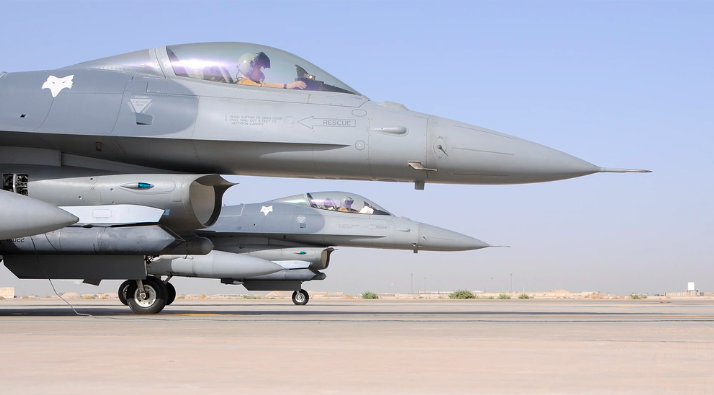
The mission kicked off at 1:00 AM.
Thick clouds obstructed their path, forcing pilots Bennett and Bakke to fly above the storm. As they navigated through the turbulence, they received an urgent warning from a Boeing E-3 AWACS aircraft about a critical situation on the ground—a Special Forces team was in imminent danger with five Iraqi helicopters heading in their direction.
Using radar, Bennett quickly identified the helicopters as Mil Mi-24 Hinds, heavily armed aircraft commonly used to transport enemy troops and supplies. It appeared they were preparing to support an attack on nearby U.S. Special Forces units.
Plan of attack
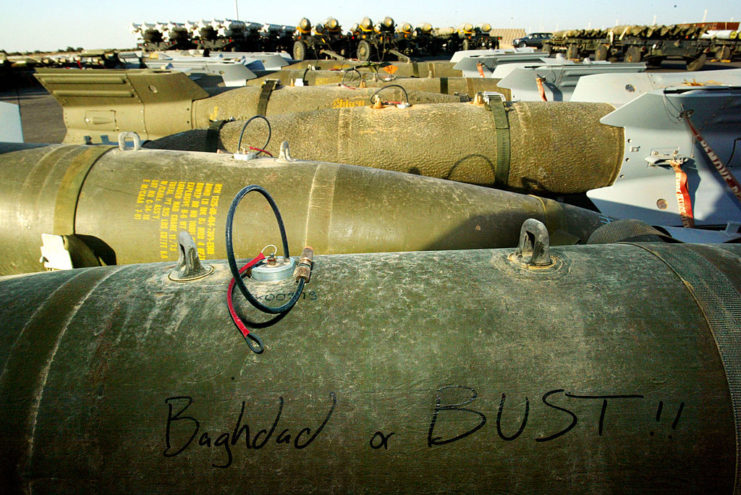
The two pilots targeted the lead Iraqi helicopter with a GBU-10 Paveway II bomb, hoping to destroy it while it was still on the ground. A direct hit would wipe it out completely, but even if the helicopter managed to lift off, the blast could still take out the nearby troops it had just dropped off.
Captain Bennett’s F-15 was flying at 700 MPH and 2,500 feet when they released the laser-guided bomb from about four miles away. But right after the drop, their radar showed that the helicopter had already started to lift off, climbing at a speed of 100 knots. Realizing the chopper was now in motion, Bennett and his weapons officer, Captain Bakke, understood the bomb was going to land behind the fast-moving target.
A near miss
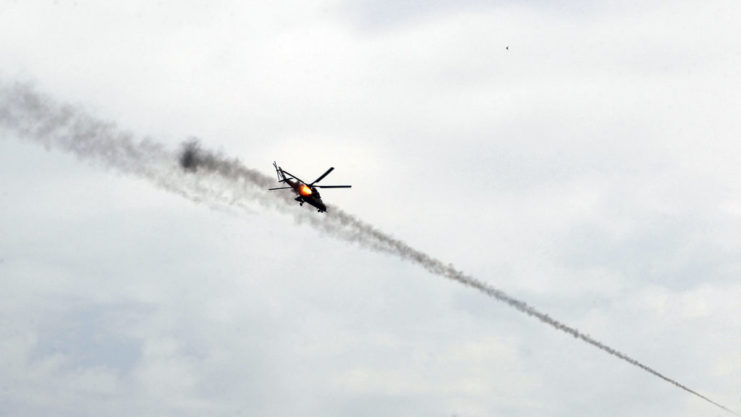
As seconds went by with no sign that the bomb had exploded, Bennett told Bakke to keep the laser pointed on the Mi-24. He recalled saying, “There’s no chance the bomb will get him now,” but, remarkably, the helicopter turned toward them, allowing Bakke to secure the laser-guided bomb on the target.
“There was a big flash, and I could see pieces flying in different directions,” said Bennett. “It blew the helicopter to hell, damn near vaporized it.”
Worried about friendly fire
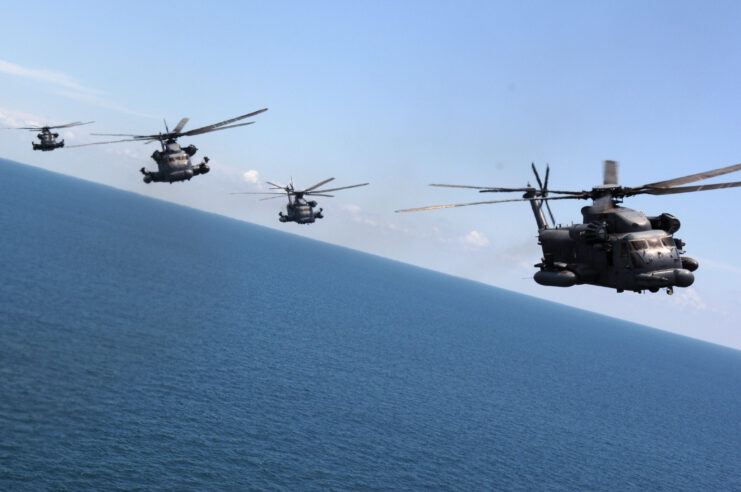
The AWACS came over the radio and told the pilot, “I understand you visually ID’d that as an Iraqi helo.” Bennett stated that, no, he hadn’t visually identified the target, but was able to tell it was an Iraqi Mi-24 using infrared technology. Both he and Bakke then grew tense, worried they’d accidentally hit a friendly helicopter. At the time, special operators were flying into Iraq in Sikorsky MH-53 Pave Lows, and Bennett wondered if they’d accidentally targeted one.
Thankfully, the AWACS confirmed that no friendly aircraft were in the area – the pair’s attack was successful.
Striker becomes the target
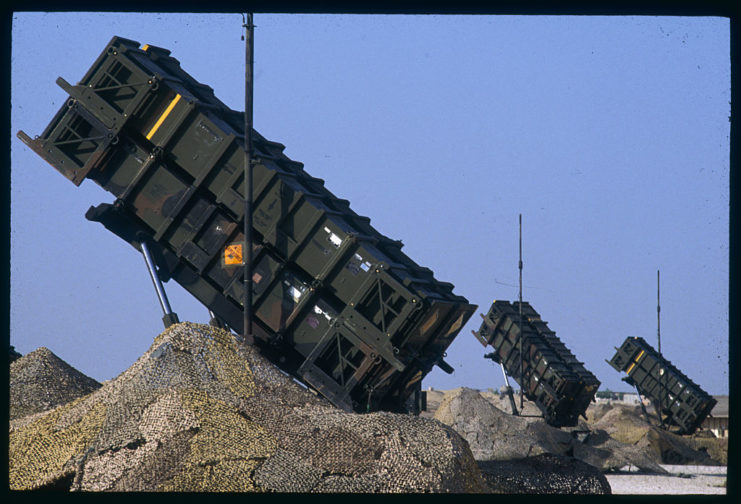
That wasn’t the end of Bennett’s unbelievable mission. After confirming the hit was an enemy helicopter, large flashes appeared all around. What he initially thought were surface-to-air missiles (SAMs) being fired from below were actually bombs being dropped from above.
“AWACS had sent another flight in and told them to drop bombs on a set of coordinates. Those coordinates happened to be us!” Bennett and Bakke immediately left the area, and with just 15 minutes remaining in their mission managed to strike an enemy Scud missile, before returning to base.
Tim Bennett left active duty following the Gulf War, but flew General Dynamics F-16 Fighting Falcons with the South Carolina Air National Guard until he retired in 2017, having reached the rank of lieutenant colonel.
